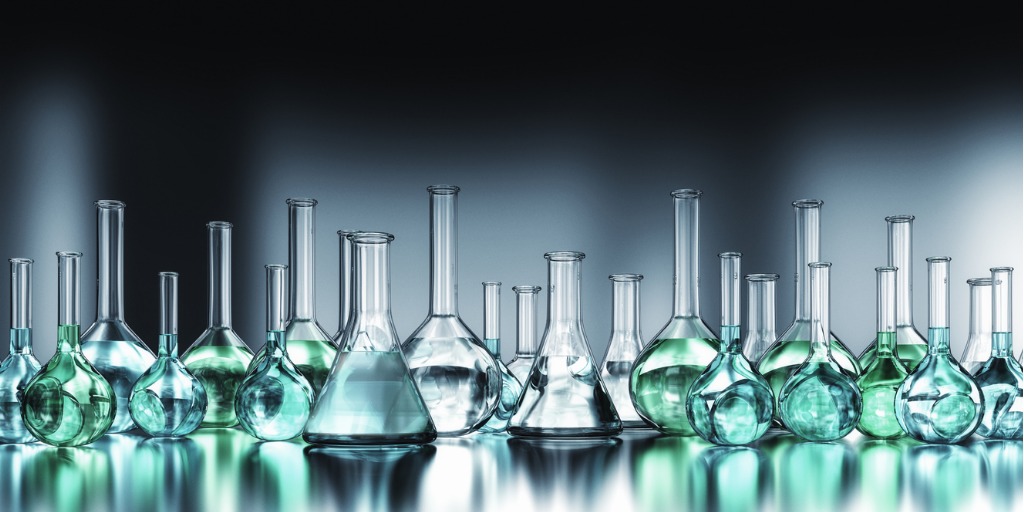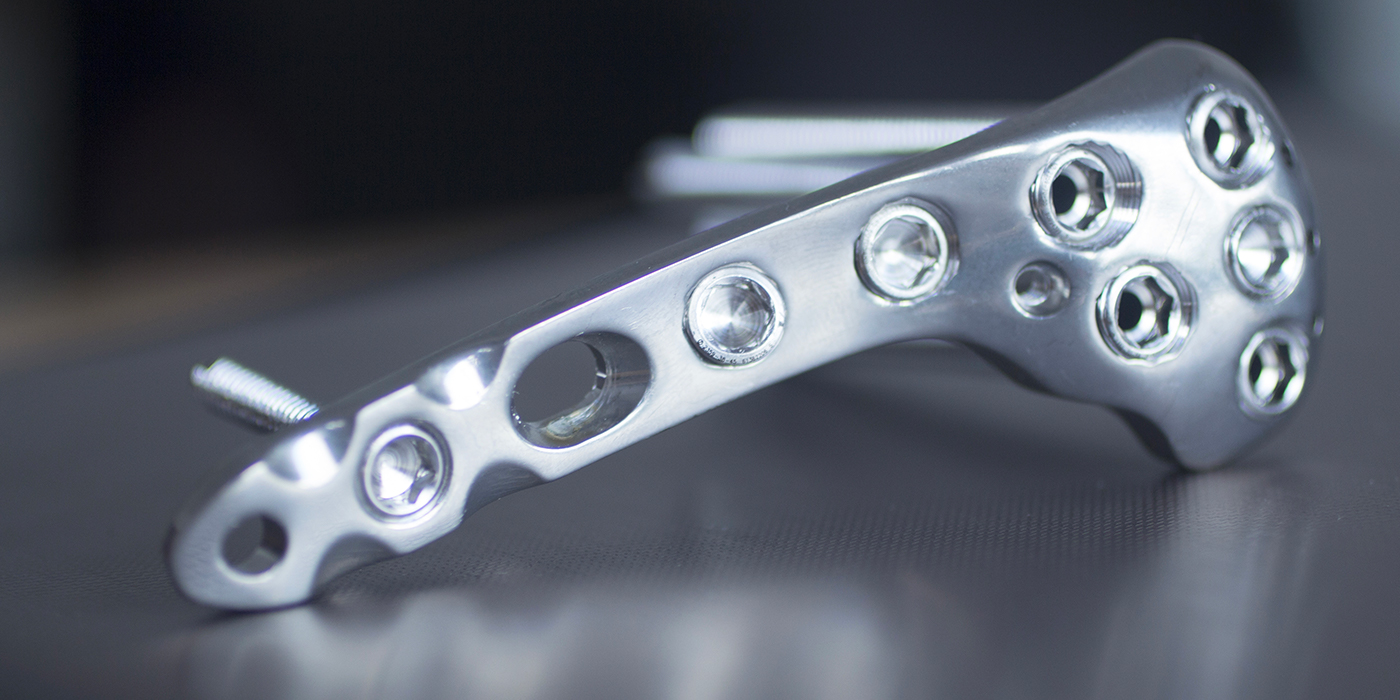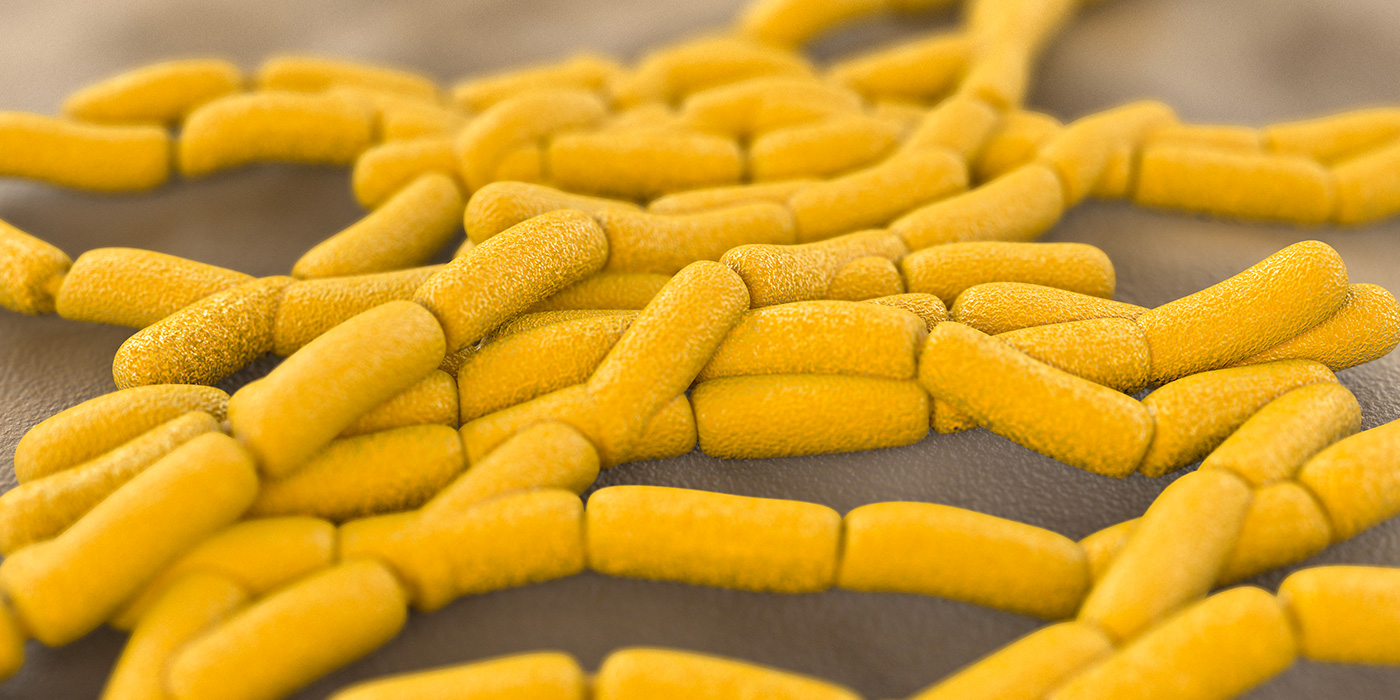Glass and ceramics have distinct differences, but can be combined into a fine-grained microstructure that uniformly disperses crystalline phases within an amorphous glass matrix.
 |
Image source: CILAS |
Glass and ceramics have similar material properties, including high strength and hardness. However, at the microscopic level, there are many differences in the structures of glasses and ceramics, which ultimately influence their suitability for particular applications.
Key Characteristics of a Glass
Glass is a solid characterized by its amorphous or non-crystalline microscopic structure.1 Typically transparent to visible light, many glasses are valued for their chemical inertness and hardness, allowing them to withstand highly corrosive environments, including extreme pH levels and biological conditions.2
In contrast, crystalline materials possess a high degree of regularity in their atomic structure, featuring a periodic crystal lattice. The planes of atoms present in crystalline materials can easily slip past one another, which helps relieve internal stresses. This regularity is absent in glasses, contributing to their typically brittle nature. An important characteristic of glass is the glass transition temperature, which is the point where glass transitions from a hard, brittle state to a molten state. This temperature significantly influences the thermal properties and behavior of the glass.3
Commonly, glasses are composed of network formers such as SiO2, B2O3, P2O5; and network modifiers designed to achieve specific properties. For optical fibers, minimizing unwanted dopants is crucial to prevent the formation of color centers and radiation damage. However, dopants can also enhance the optical and optoelectronic properties of glasses for other applications.4
Bioactive glasses form a distinct category, designed for medical devices and technologies. These materials are biologically safe and promote healing or treatment processes, often through ion release.5 Typically made from a mixture of SiO2, calcium oxide, sodium oxide, and phosphate (P2O5), bioactive glasses can be engineered with specific degradation kinetics to enable drug release or to create dissolvable scaffolds for wound healing.
Key Characteristics of a Ceramic
Ceramic materials are renowned for their high thermal resistance. They belong to a diverse family that includes inorganic materials, metallic oxides, nitrides, and carbides. The microstructure of ceramics is made up of small crystalline areas called grains, which can vary in size.
The size and composition of grains significantly influence the material properties of ceramics, and the interfaces between these grains are crucial for optimizing hardness and durability.7
Ceramics can be very brittle and have poor resistance to shearing and tension forces. However, like many glasses, they exhibit excellent resistance to chemical erosion. With the appropriate chemical composition, ceramics can be engineered into semiconductors and electrical components, with many capacitors being made from ceramic materials due to their superb thermal and electrical resistance.
Ceramics are now extensively used across various industries, and the development of composite ceramics has broadened their applications, including in the medical field for creating devices like dental implants.8
Glass-Ceramics
While a vast array of glass and ceramic materials exists, the ideal material properties for a specific application sometimes require merging the best attributes of both. Glass-ceramics are such a hybrid, possessing the chemical compositions of glasses but differing in their microstructure. Unlike purely glassy materials, which are entirely amorphous, glass-ceramics typically exhibit a predominantly crystalline structure interspersed with amorphous characteristics. This is typically achieved through a fine-grained microstructure that uniformly disperses crystalline phases within an amorphous glass matrix.
This hybrid microstructure makes glass-ceramics stronger than their purely glass counterparts and allows them to retain some of the beneficial electrical properties associated with ceramics, while still remaining transparent.9
Glass-ceramics are particularly valued as bioactive materials, with variants like Bioglass 4555 receiving FDA approval for medical device applications. The ability to further refine their properties through controlled crystallization processes during manufacturing enhances their adaptability for complex uses.
Non-metallic materials, such as glass, ceramics, and glass-ceramics, exhibit a broad range of properties influenced by the degree of crystallinity in their microstructure. Generally, a higher degree of crystallinity results in harder materials, but it can also increase light scattering, which is why specialized processing is required to render ceramic materials transparent.
Mo-Sci Solutions
At Mo-Sci, we are experts in the development and creation of glass, ceramic, and glass-ceramic materials, no matter what the application. Whether you need very high-purity silicon dioxide or a more complex custom-made bioactive material, contact us today to see how our services and capabilities could benefit you and help you find the perfect material solution to your product needs.
References and Further Reading
- Doremus, R. H. (1972). Structure of inorganic glasses. Annual Review of Materials Science, 2(1), 93-120. https://doi.org/10.1146/annurev.ms.02.080172.000521
- Axinte, E. (2011). Glasses as engineering materials: A review. Materials & Design, 32(4), 1717-1732. https://doi.org/10.1016/j.matdes.2010.11.057
- Tanguy, A. (2021). Elasto-plastic behavior of amorphous materials: a brief review. Comptes Rendus. Physique, 22(S3), 117-133. https://doi.org/10.5802/crphys.49
- Griscom, D. L. (2013). A Minireview of the Natures of Radiation-Induced Point Defects in Pure and Doped Silica Glasses and Their Visible / Near-IR Absorption Bands , with Emphasis on Self-Trapped Holes and How They Can Be Controlled. Physics Research International, 379041. http://dx.doi.org/10.1155/2013/379041
- Jo, W., Kim, D., & Hwang, N. (2006). Effect of Interface Structure on the Microstructural Evolution of Ceramics. Journal of the American Ceramic Society, 8, 2369–2380. https://doi.org/10.1111/j.1551-2916.2006.01160.x
- Cannio, M., Bellucci, D., Roether, J. A., & Cannillo, V. (2021). Bioactive Glass Applications : A Literature Review of Human Clinical Trials. Materials, 14, 5440. https://doi.org/10.3390%2Fma14185440
- Jo, W., Kim, D., & Hwang, N. (2006). Effect of Interface Structure on the Microstructural Evolution of Ceramics. Journal of the American Ceramic Society, 8, 2369–2380. https://doi.org/10.1111/j.1551-2916.2006.01160.x
- Vallet-Regí, M. (2001). Ceramics for medical applications. Dalton Perspective, 97–108. https://doi.org/10.1039/b007852m
- So, M., Górny, A., Pisarska, J., & Pisarski, W. A. (2018). Electrical and optical properties of glasses and glass-ceramics. Journal of Non-Crystalline Solids, 498, 352–363. https://doi.org/10.1016/j.jnoncrysol.2018.03.033





